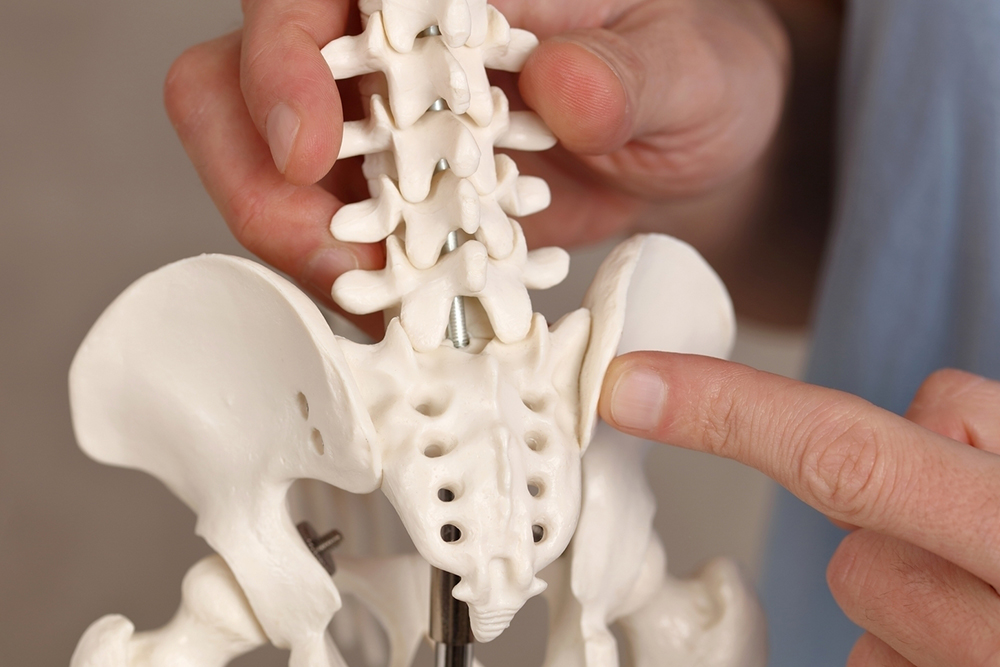Effective Strategies to Alleviate Coccyx Discomfort
Learn effective methods to relieve coccyx pain, including physical therapy, heat and cold therapy, supportive cushions, targeted exercises, and yoga. These strategies can help reduce discomfort, improve mobility, and promote faster healing. Consult healthcare professionals for personalized advice and treatment options to manage coccyx pain safely and effectively.

Effective Strategies to Alleviate Coccyx Discomfort
Maintaining overall health is vital for engaging comfortably in daily activities. Coccyx pain can cause significant discomfort and may result from injury, poor posture, or underlying health issues. Fortunately, various methods can help ease this pain. Trying different approaches allows individuals to find the most effective solution for their specific condition. Incorporating physical therapy, proper rest, and supportive accessories can significantly improve recovery and comfort.
1. Consult a Physical Therapist
A healthcare professional specializing in physical therapy can guide tailored exercises and routines to reduce coccyx pain. Techniques such as pelvic floor relaxation and targeted stretches are often recommended to relieve pressure and support recovery.
Engaging in gentle exercises may significantly diminish discomfort and facilitate daily functioning. Sometimes, resting and avoiding aggravating activities can promote quicker healing, especially after an injury.
2. Use Heat and Cold Therapy
Applying heat packs or cold compresses can provide immediate relief. Heat helps relax muscles around the coccyx, easing tension, while cold packs reduce inflammation. Use heat with warm towels or gels, and ice wraps wrapped in cloth for about 20 minutes at a time, several times a day, especially within the first 48 hours of injury.
3. Support with a Coccyx Cushion
Sitting on a specially designed coccyx cushion helps distribute pressure evenly, minimizing stress on the tailbone. This support can reduce pain during prolonged sitting, improve posture, and help stabilize the spine. For additional relief, use a gel pack or heating pad while seated.
4. Choose the Right Pillow
An appropriately firm and supportive pillow ensures proper spinal alignment. Improper pillows may cause additional strain on the tailbone and back. Consult a healthcare provider to select the best pillow for your condition.
5. Sleep in a Back Position
Sleeping on your back minimizes pressure on the coccyx. Elevating your knees with a wedge pillow can further alleviate stress and promote relaxation of the area.
6. Side Sleeping for Comfort
Sleeping on your side effectively reduces coccyx pressure. Use a pillow between your knees to maintain hip alignment and relieve lower back strain during sleep.
7. Avoid Stomach Sleeping
Stomach sleeping can worsen coccyx pain by putting extra pressure on the lower back and tailbone. Maintaining a side or back sleeping position is preferable for pain relief.
8. Enhance Back Flexibility
Limiting mobility due to coccyx pain is common. Gentle stretching exercises like cobra or cat-cow poses can improve spinal movement. Always consult a healthcare provider before starting new routines to ensure safety.
9. Strengthen Gluteal Muscles
Building glute strength improves pelvic support and promotes blood flow, aiding healing. Exercise routines targeting glutes may also lessen trigger points and muscle tender spots around the coccyx.
10. Incorporate Yoga
Yoga is highly effective for coccyx pain relief. Poses that stretch and strengthen the spine and surrounding muscles, such as side angle, triangle, and bow poses, may help with better alignment and support, reducing pain.










